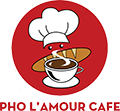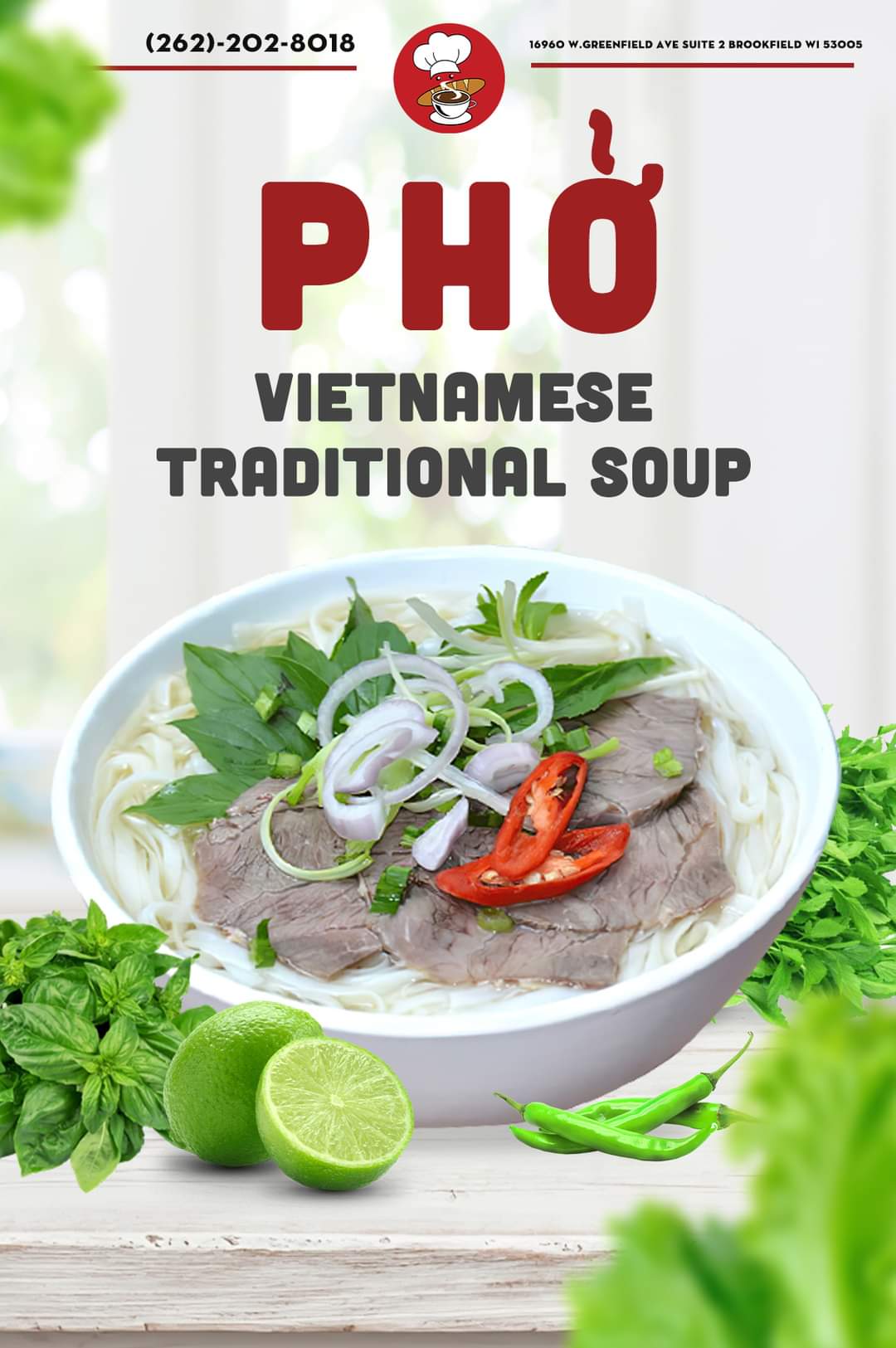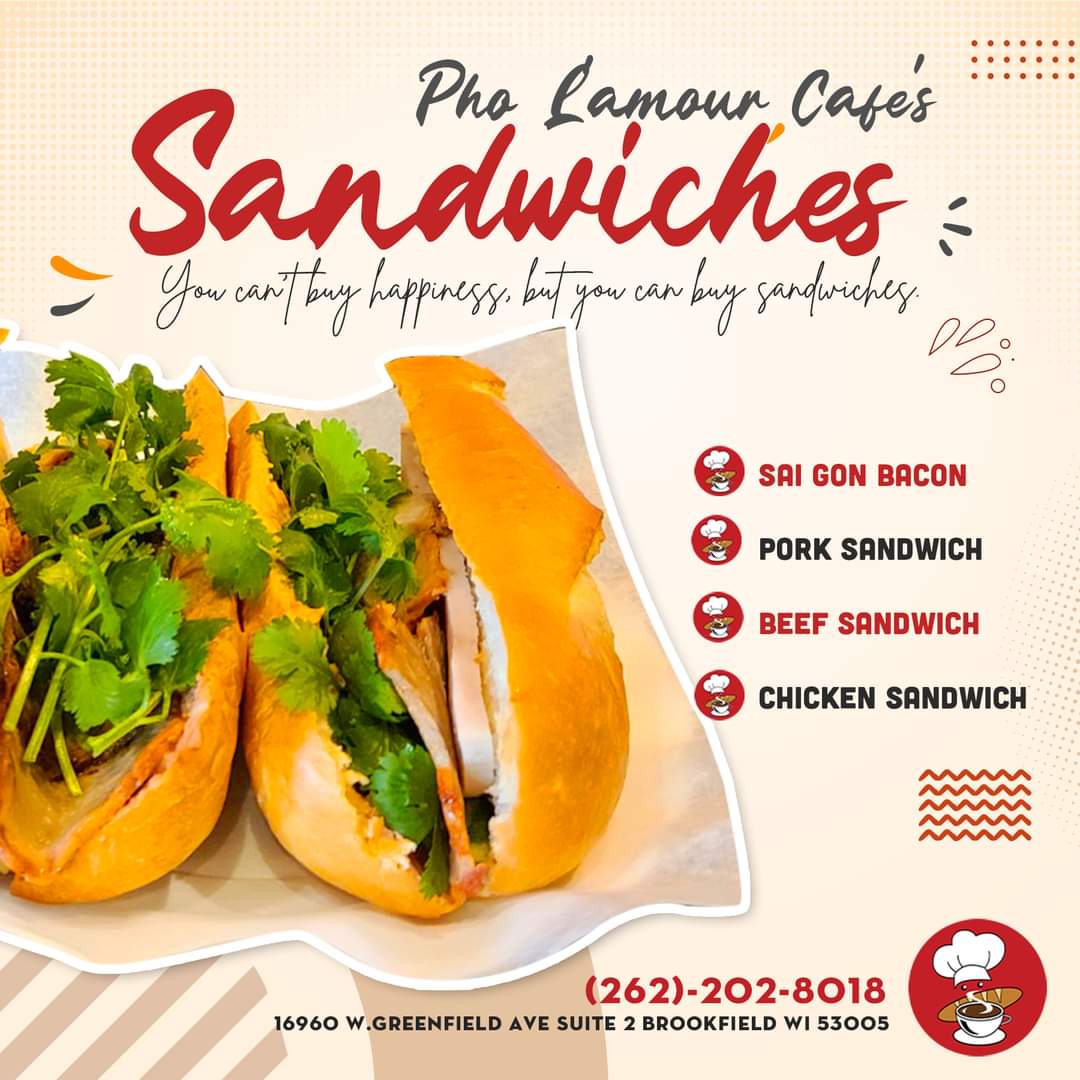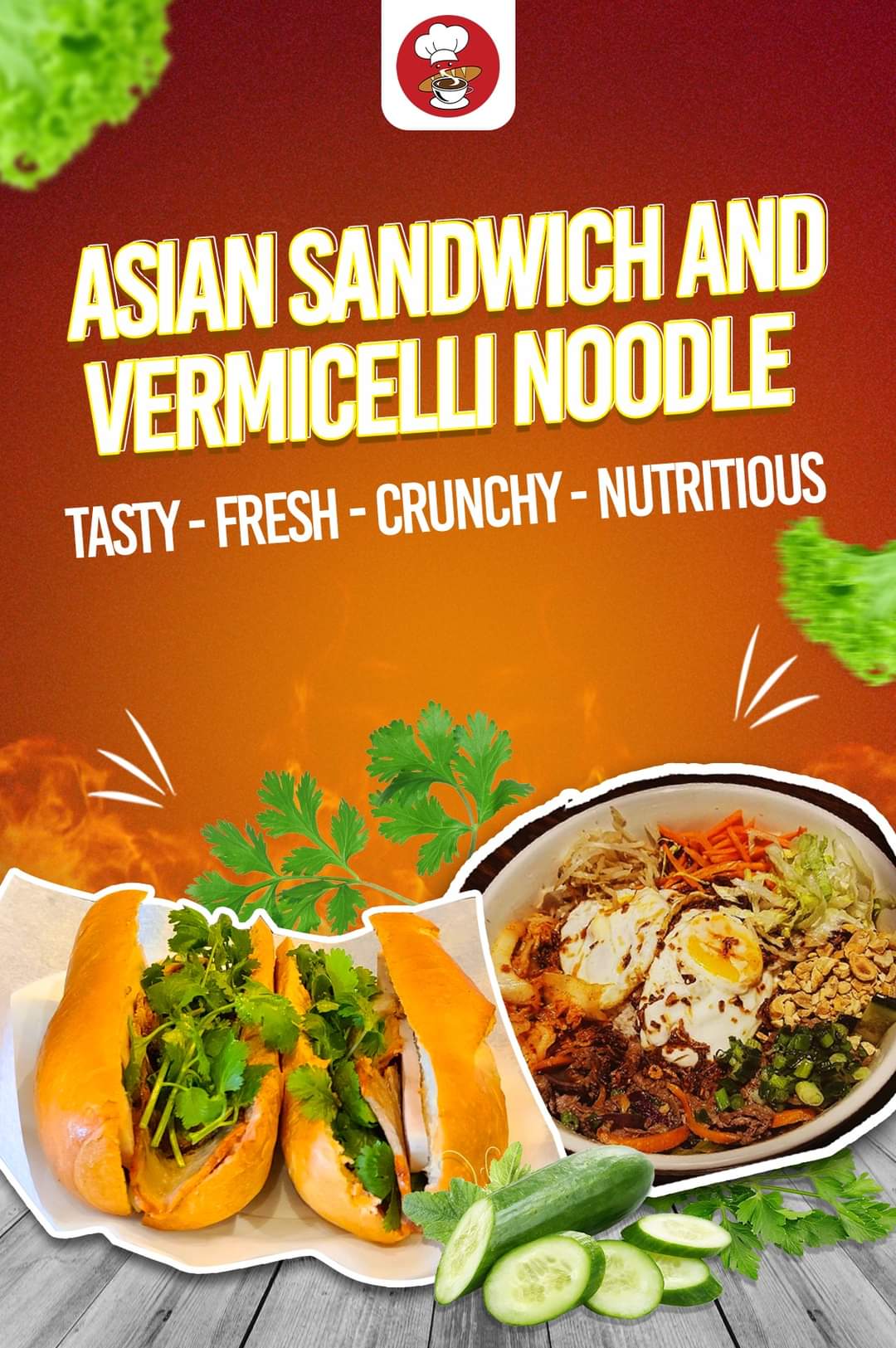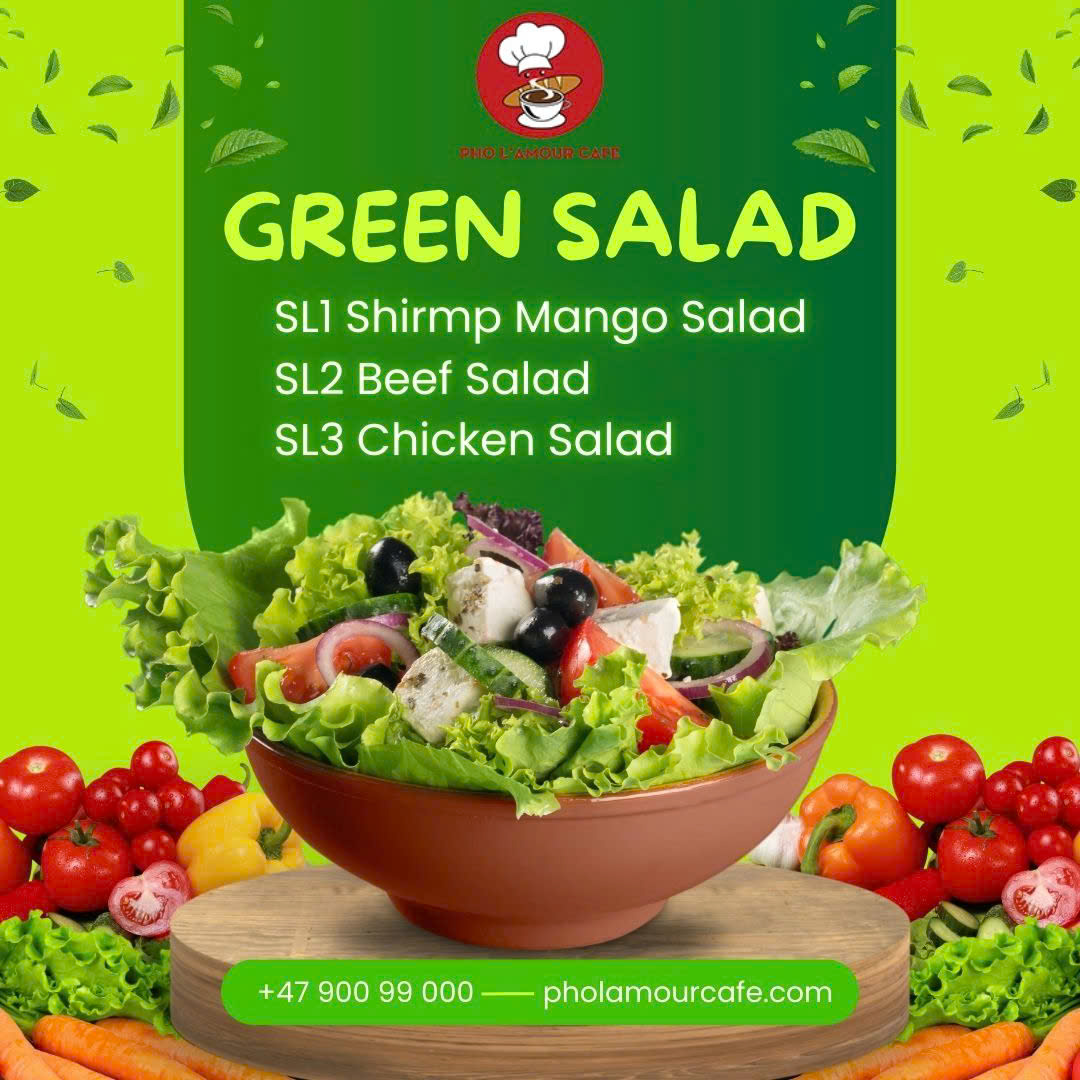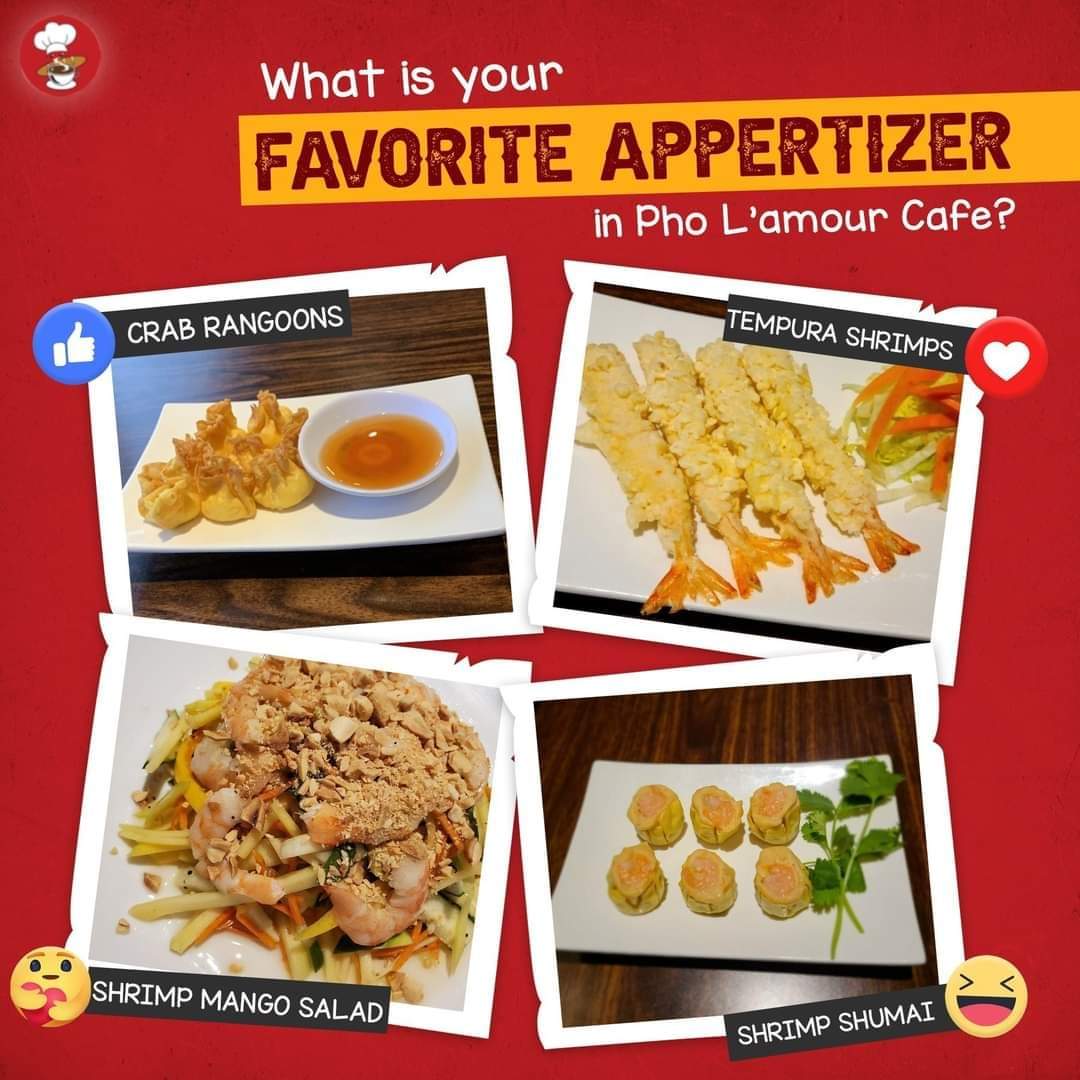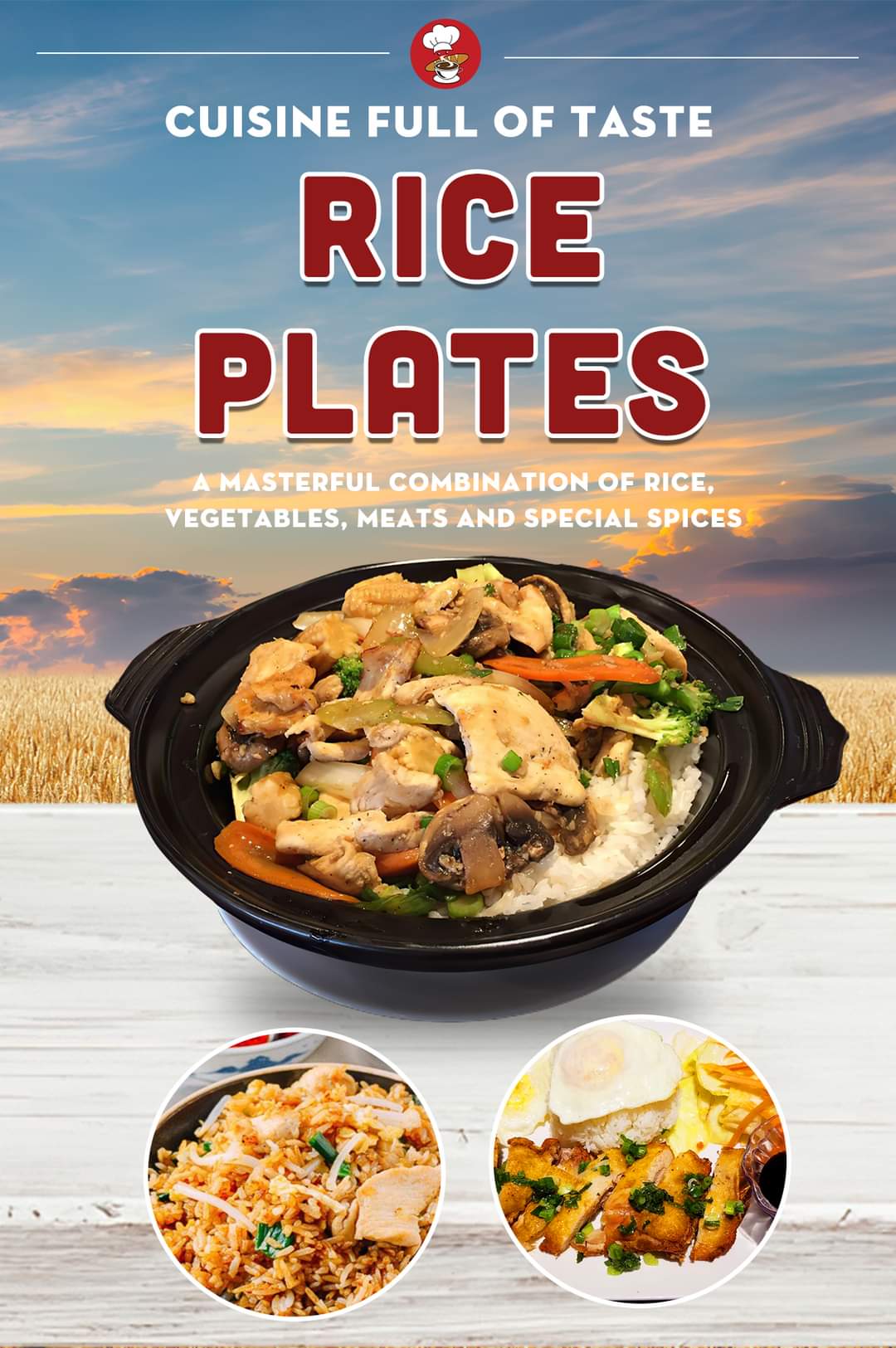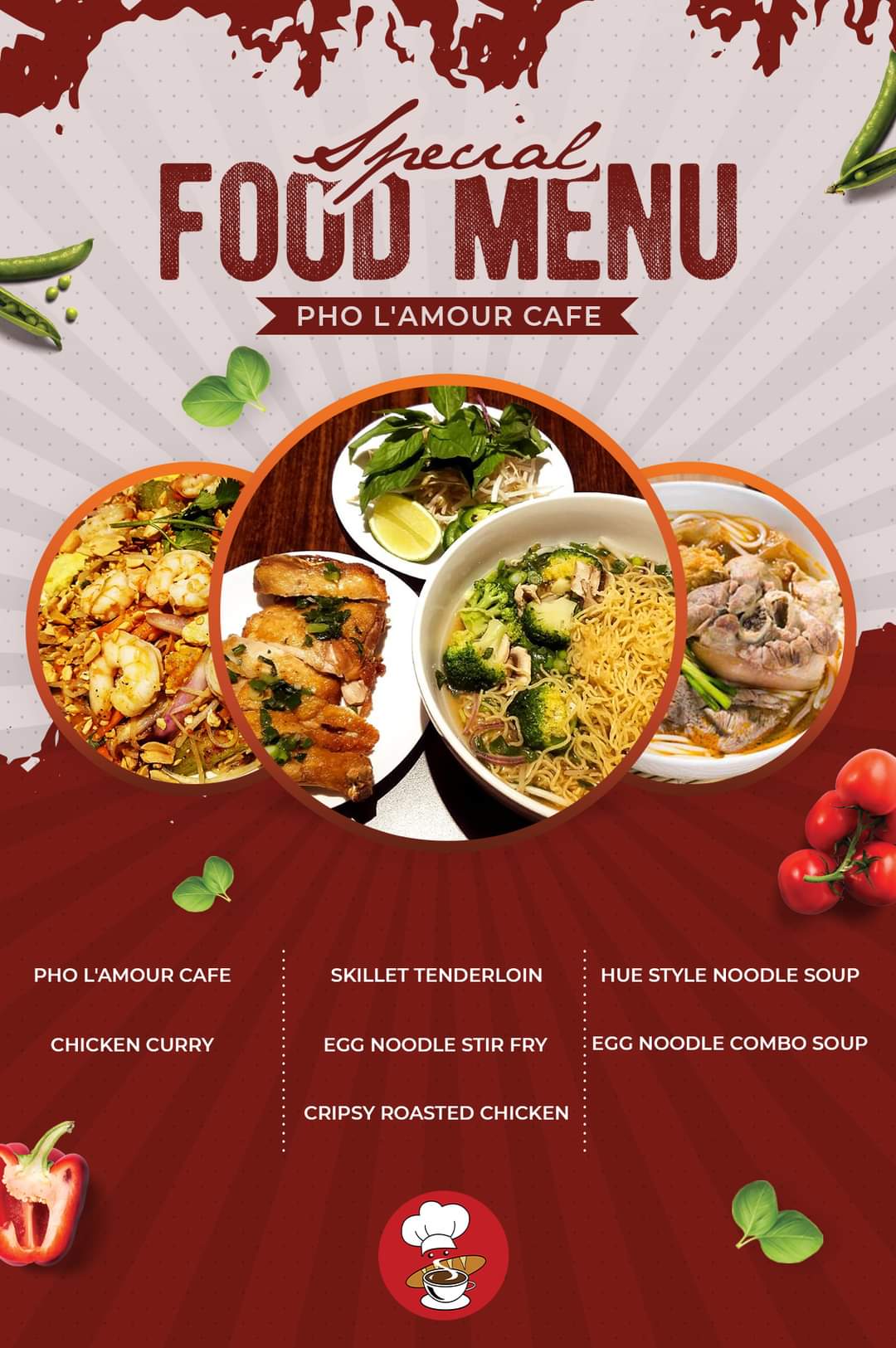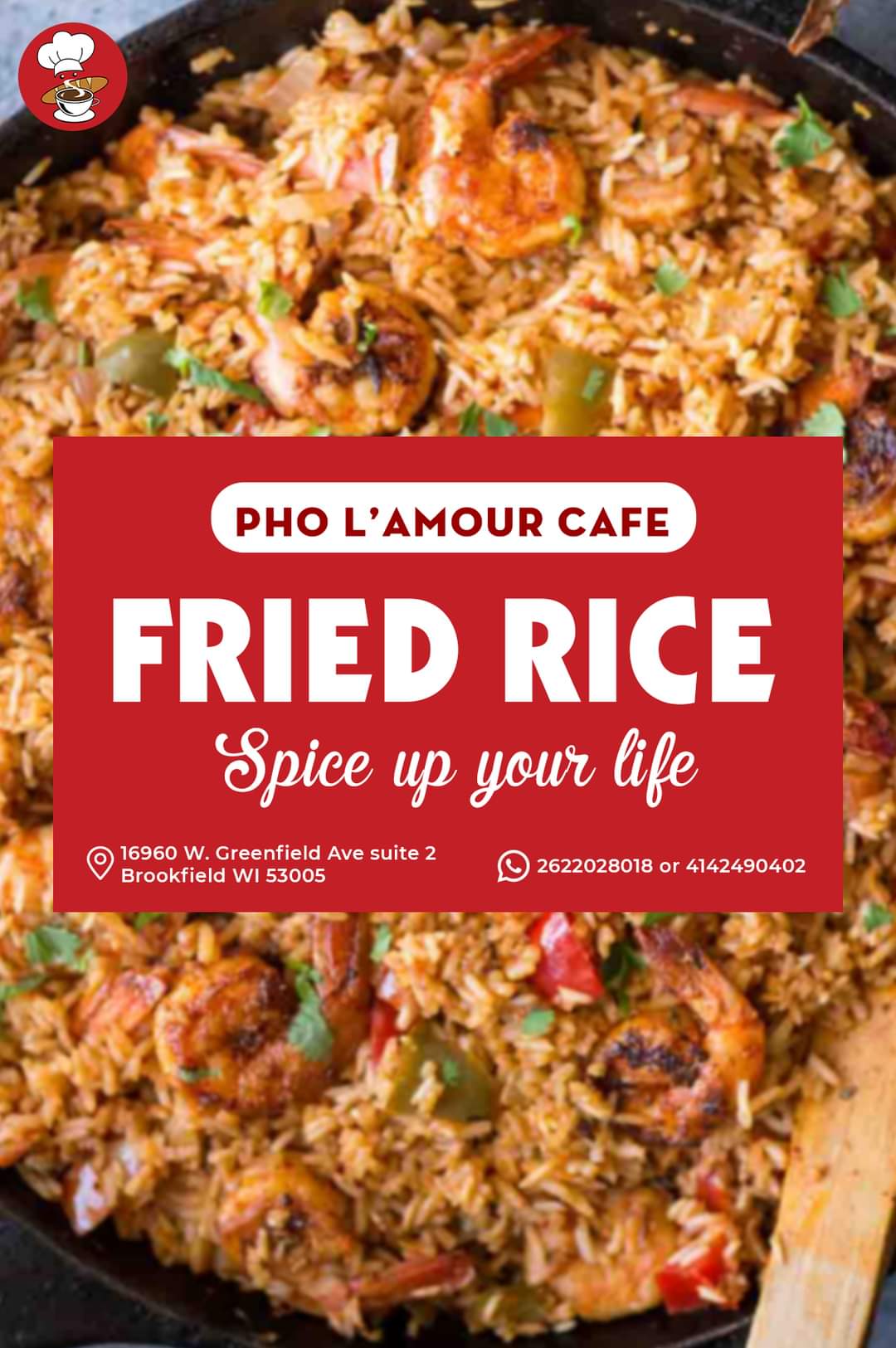Originally a dish of Western origin, banh mi, a renowned Vietnamese bread, has become iconic and clearly engraved on the global culinary map because to its unwavering innovation and quintessence.
How is Banh Mi pronounced?
In Vietnamese, banh mi should be written as Bánh mì or Bánh mỳ.
The Oxford dictionary now officially recognizes the term “banh mi” as a proper noun, meaning “bread.” Pronounced /ˈbɑːn miː/, it is a sandwich made of a baguette, traditionally baked with wheat and rice flour, and filled with a variety of ingredients, most commonly pickled and fresh Vietnamese vegetables, meat, and chili peppers.
The customers who adore Vietnamese cuisine take great delight in this particular appellation.
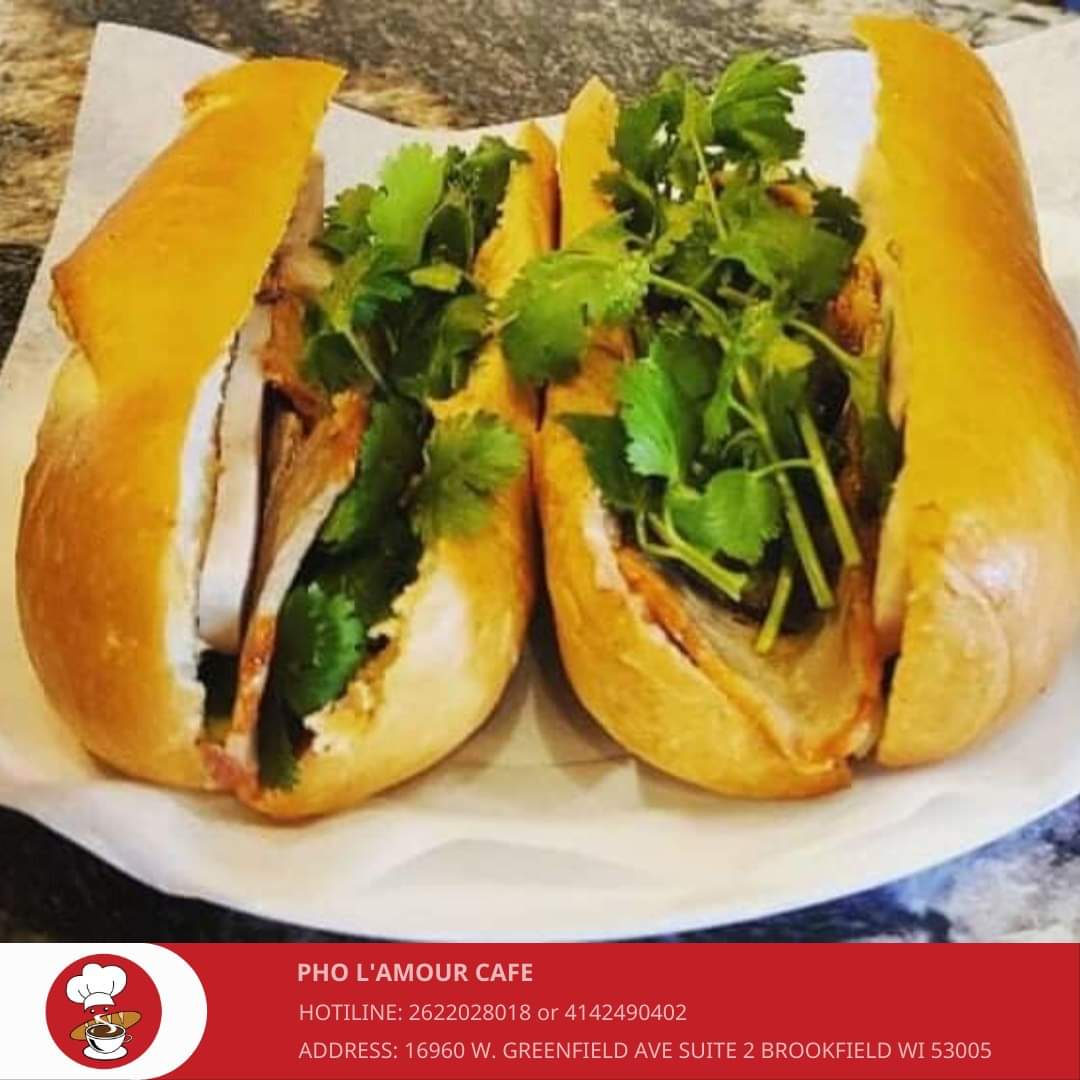
See more: SW1 Saigon Bacon
Vietnam’s Banh Mi History
The bread was imported, unlike other specialties of the S-shaped country. That filling, though, is very Vietnamese.
To fulfill their appetites, the French introduced the baguette to Gia Dinh (Saigon) at the start of the 19th century.
They constructed Vietnam’s first brick bakery oven in order to supply the upper class with an abundance of hot and tasty loaves of bread.
This bread with French origins became well-known very fast.
During that period, the baguette was processed by the Saigon people into the characteristic Vietnamese bread, which was only roughly 30 to 40 centimeters long.
The baguettes are more hollow, with a soft inside and a crispy outer shell due to the bakery oven’s closed structure, which retains steam.
In addition, this feature gives Vietnamese bread its distinct identity when contrasted with Western baguettes.
However, it wasn’t until Mr. Hoa and Ms. Tinh launched Hoa Ma (53 Cao Thang, Ward 3, District 3, Ho Chi Minh City) in 1958 that Banh Mi began to take shape.
Considering that Mrs. Tinh was formerly employed by a ham company that supplied goods to French eateries in Hanoi.
They established a sandwich shop serving locals in Saigon after relocating.
At first, the restaurant also provided sandwiches in a foreign style, where the ham was placed on the plate and customers ate with knives and forks.
However, the owners of the Hoa Ma bakery put the fillings to bread loads for customers to carry after realizing that not everyone had time to sit down to dine.
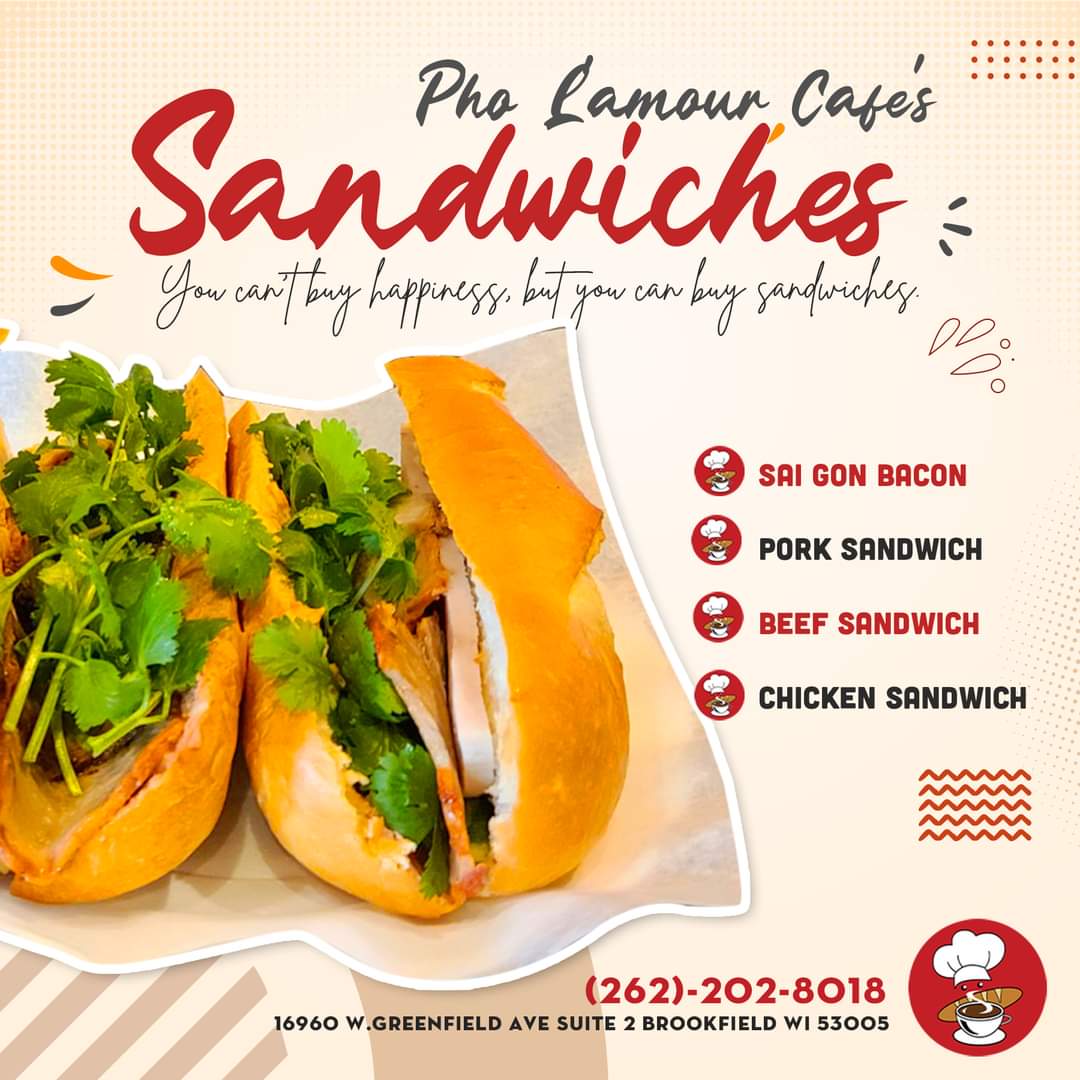
Vietnam’s Banh Mi specializes in Street Food
Today’s bread, with its variety, affordability, and ease of usage, has become a universally recognized fast snack.
Because they can simply transport the bread, Hoa Ma shop’s sales method has been well-liked by busy public servants and students alike.
Later, a large number of meat sandwich restaurants, including Bay Ho and Hoang Hoa bread, as well as thousands of stalls selling various types of meat, canned fish, grilled pork, and other items, started to sprout in Saigon and have remained there to this day.
Bread has existed across Vietnam, enduring the test of time and existence in every region. Vietnameseization was done to appeal to a range of diners:
The bread’s interior is softer and thinner, while the crust is getting thicker. The cake is also easier to handle because it is less than two to three times its original size.
Customers can enter the shop without having to park their cars. They can get some delectable sandwiches to go in about five or ten minutes without needing a seat.
To ensure they arrive at school on time, youngsters can eat bread while sitting behind their parents’ motorcycles in the morning.
Officers scarf down a piece of bread for lunch, and employees can have one later in the day to satisfy their hunger.
Banh mi’s quick, portable, and adaptable design makes it superior to nearly every other food in the globe. Vietnamese bread retains all of the city’s taste inside.
When they first tasted Vietnamese bread, most people can still recall the flavor.
See more: SV3 Beef Sandwic …… 11.95$

The crispy exterior and the soft, cotton-like inside that tightens due to the butter, pate, and sauces greet you as soon as you take your first mouthful.
To be more precise, the filling of a banh mi has the following ingredients: fish balls, chile, fried eggs, ham, spring rolls, veggies, and pork skin.
But every store has a secret that contributes to a distinct flavor.
The somewhat sour flavor of cucumbers, pickles, and well-known Vietnamese herbs will counterbalance the rich portion of the kernel.
Up to the very last bite, everything is coated in a delightfully crunchy crust that makes for a delicious bite.
Vietnamese bread is an amazing fusion of flavors and textures, with the right balance of crunchy, chewy, soft, sour, sweet, and spicy elements.
Bread is available in every city and on every street in this S-shaped strip of land, from the common neighborhood to the bustling business districts, from the sidewalks to the five-star hotels.
It’s interesting to note that there are variations and tastes that correlate to the specific culinary features of every city and area.
Different Banh Mi flavors exist in every Vietnamese region.
On the map of Vietnam, you can easily discover bread in any province.
The most intriguing aspect is that banh mi differs from location to place, allowing customers to savor its own flavor.
Hanoi’s Banh Mi
For example, Hanoi’s banh mi seems simpler than other places. Because people don’t like to eat large breads loaded with meat and veggies and several components, you won’t find them very often in Hanoi.
Just a small amount of flavorful butter, liver pate, a little extra pork, ham, char siu, and a few spring roll slices are included in traditional Hanoi bread.
The only vegetables that are typically included are coriander and cucumber, and the sauce is the typical chili sauce that is used to consume pho.
However, the crunch of the typical Hanoi bread wonderfully complements the flavor of the meat and spices, making it still surprisingly excellent. There is absolutely no duplication of anything in the filler.
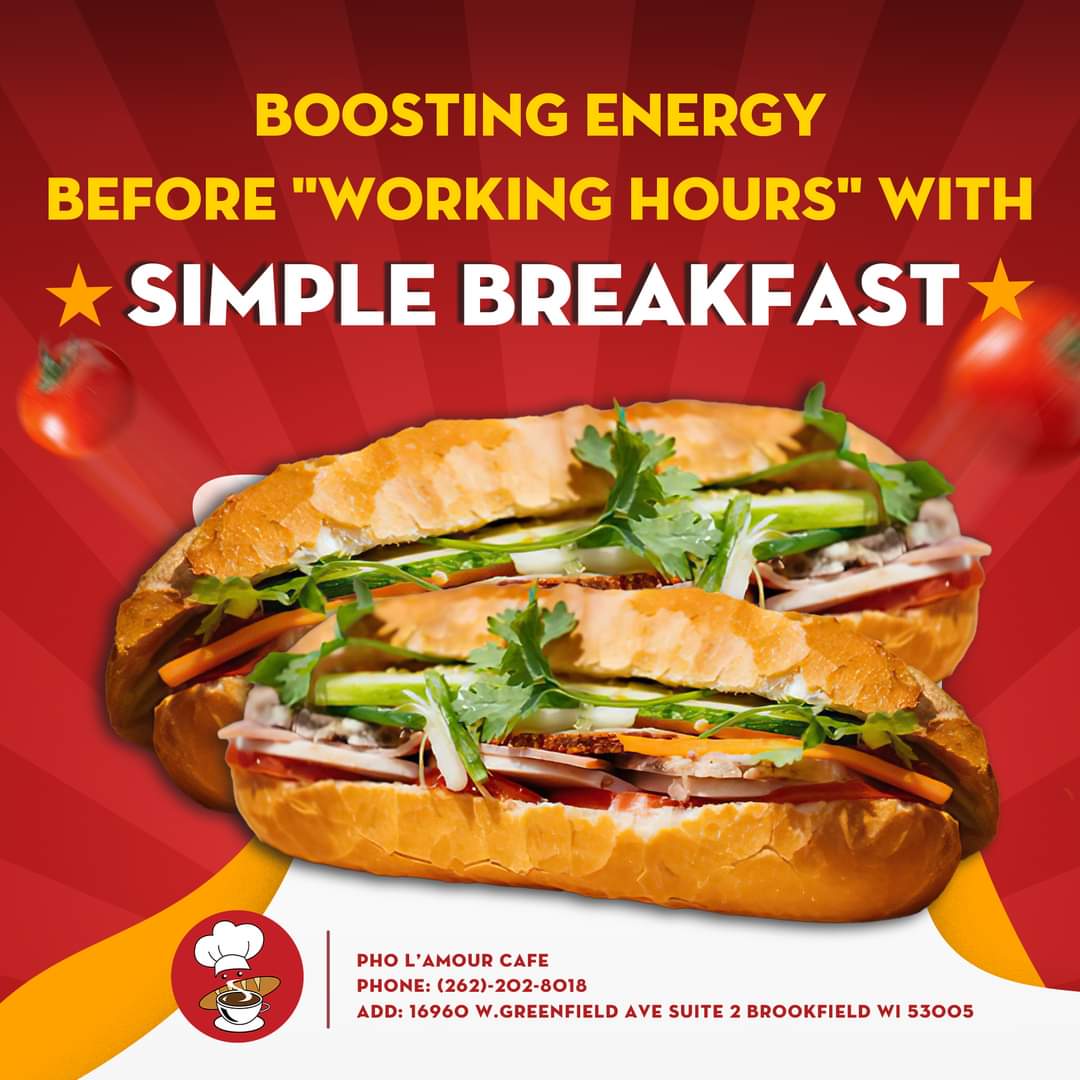
Mi Hai Phong Banh Mi
When you arrive at Hai Phong, the various variants will captivate you. People are still enamored with the fatty pate that is prickled with a particular type of Hai Phong chili sauce despite the bread’s little size—roughly the size of two fingers.
Every time, the little bread is baked hot. You will therefore experience the soft, spicy kernel and the crunchy crust.
A common order when eating Banh Mi Hai Phong is twelve samples.
Hoi An Banh Mi
There are bread booths in Hoi An that astound even the world’s greatest chefs.
There are distinct variants of banh mi hoi a when the bread is medium-sized, has a crispy crust, and is thick on the inside.
Around 10 different components are typically used in the filling of Hoi An bread, including ham, sausages, pork belly, pork barbecue, chicken, eggs, cheese, pate, char siu meat, and an abundance of herbs.
Additionally, the sauces and butter varieties are made using a unique formula exclusive to each bakery.
Additionally, the herbs from Tra Que village add extra fragrance to Hoi An breads. After they’ve eaten it, they’ll want to sample it once again.
When you bite into a loaf of bread with a wonderful blend of tropical flavors, you’ll quickly see why Banh Mi Hoi An is so well-liked.
Additionally, it is becoming more and more noticeable in both foreign and Vietnamese cities.
Vietnamese baguettes, found everywhere from Hanoi and Hai Phong to Hoi An, Da Lat, and Saigon, embody not just a common meal but also the local way of life and cuisine.
Lat Banh Mi
The bread is made a little thicker here in Da Lat, if you are here for the banh mi. Pork balls and a cup of heavy sauce will be served with banh mi.
It implies that you will have to consume bread in a different way—you won’t be able to hold it all at once; instead, you will need to split it up and dip it in different sauces.
In South Vietnam, bread is consumed in a distinct way. Because of the advantageous natural environment, bread in the South frequently includes a large amount of vegetables, such as cucumber, white radish, carrot, pickled carrots, cilantro, onion stems, and a few slices of chili.
In the South, a meat bread’s flavor is characterized by its crispy scent, sweetness from the flour, butter’s fat content, and the taste of meat, rolls, pate, canned fish, and fish balls. All combining with crisp vegetables to create a delightful Banh Mi. Thus, in the South, bread might take the place of rice as the primary meal.
Bread is considered the signature dish of Saigon, a city where several Vietnamese cultures converge.
In this case, banh mi saigon is not just a well-liked dish but also a distinctive cultural element that contributes to the varied cuisine the area requires.
The Saigonese have many other bread varieties than meat bread with pickled veggies and cilantro, such as fried baguette, roasted pig bread, omelet baguette, char siu bread, and fish-ball banh mi.
Saigon bread is known for its open taste, which includes a variety of flavors, a crunchy crust, and a wide variety of wet sauces.
Additionally, you may find delicious bread in Saigon’s pedestrian streets. It is simple to view an ingredient-displaying glass cabinet, a charcoal oven for consistently crunchy bread, and another stove for frying eggs or warming up char-siu.
You are welcome to get a tasty Saigon sandwich when you approach that cabinet.
A voyage that takes over the world In Vietnam, Banh Mi is also referred to as Pho, however the path of bread is most likely a spiral. That’s the voyage of a foreign cuisine that the Vietnamese people have remade in their own special ways.
After that, banh mi became one of the most well-known Vietnamese street foods and traveled the world with Vietnamese people.
Renowned international culinary authorities and media, like The Guardian, BBC, and chef Anthony Bourdain, celebrate and promote Vietnamese bread.
Banh mi does indeed offer the ideal fusion of Vietnamese and Western flavors.
Vietnamese bread continues to be well-known in its own right because banh mi is remarkably similar to a sandwich but also incredibly nuanced and enigmatic.
These days, one can find at least one Vietnamese bakery anywhere there is a sizable Vietnamese population.
Examples of these bakeries are Boys Banh Mi in Toronto, Banh Mi Thi-Thi in Calgary, Canada, and Banh Mi Ba and Mr. Banh Mi in Prague, Czech Republic.
O Banh Mi is a bread brand in Malaysia that is quickly becoming a favorite among the native population. Additionally, Seoul, Korea has Banh Mi Phuong Hoi An accessible.
Numerous Vietnamese Americans own well-known banh mi restaurants around the country, including the well-known Lee’s Sandwiches chain, Banh Saigon in New York, and Bun Mee in San Francisco.
Vietnam’s Banh Mi stands out on the global culinary map because Vietnamese people are always refining and creating new versions.
Common inquiries concerning Banh Mi
For one Banh Mi, how much may I pay?
A good-quality banh mi typically costs 10$US. Nonetheless, a set of banh mi costs between 50,000 and 60,000 VND in Saigon.
Which veggies are included in banh mi?
Numerous varieties of Vietnamese veggies are used in banh mi. On the other hand, the majority of people enjoy adding salad, hot mint, coriander, and carrot and papaya pickles.
Which meat is utilized in Vietnamese bread?
The most common meat to pair with Vietnamese bread is pork. The pig is prepared in a variety of ways by the chef, such as grilling, well-cooking, and steaming. Furthermore, in Vietnam, chicken is the second meat used in banh mi.
Is Banh Mi a healthful food?
Almost definitely, in our opinion, unless you are unable to consume wheat flour. The majority of guests find their cuisine to be nutritious thanks to the balanced composition of wheat, meats, and veggies in banh mi.
Why is Banh Mi considered the world’s best bread?
Banh mi adds a variety of ingredients and has a crunchy top and soft middle. In particular, because vendors can add any ingredients they like, its easily configurable qualities make it possible to create a taste that suits any diner.
In summary
In Vietnam, Banh Mi has been a staple dish for over 150 years, and its many iterations have never let foodies down.
This attraction is in line with Vietnam’s diverse culinary scene, which draws both domestic and foreign visitors in equal measure.
It’s really thrilling that all you have to do is walk outside and discover some delicious Vietnamese bread. You can get a delicious bread with incredibly customized ingredients wherever in Vietnam, from large restaurants to tiny lanes.
Thus, when visiting Vietnam, make sure to drop by a local bakery to sample the renowned Banh Mi.
The best Pho L’amour Cafe restaurant also suggests that you queue up to purchase the world’s tastiest Banh Mi at :
Please call Hotline: 4142490402 (Whatsap- Viber) to reserve to best serve! Welcome to Pho L’amour Cafe taste Vietnamese restaurant in Milwaukee!
CONTACT – PHO L’AMOUR CAFE
➢ Pho L’amour Cafe – one of the greatest Asian restaurant in Milwaukee, where specializing in selling Asian, Vietnamese foods, especially the best pho in Milwaukee.




